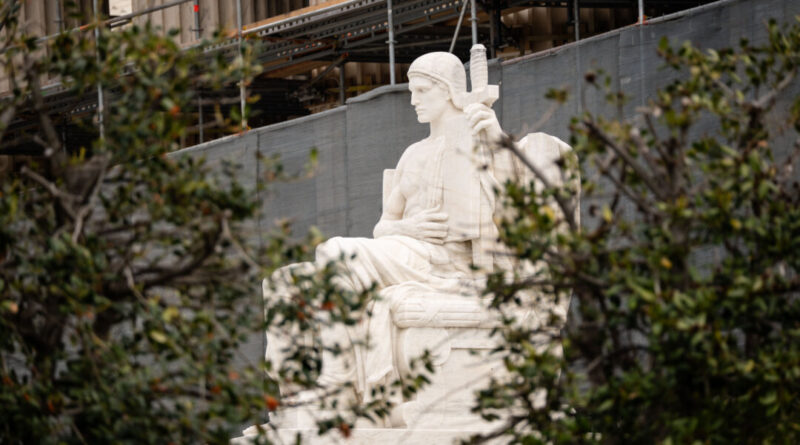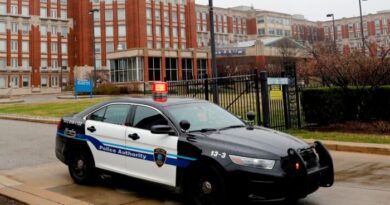Supreme Court Lifts Temporary Halt on Ohio’s Qualified Immunity Ballot Initiative
The ruling comes after the court’s decision on April 10, which stopped the initiative effort from moving forward.
On April 22, the U.S. Supreme Court retracted its order from April 10 that had temporarily halted Ohio voters advocating for the repeal of the qualified immunity rule from collecting signatures to place the issue on a future state ballot.
Three justices expressed dissent, stating they would have preferred to maintain the order.
Qualified immunity is a judicially established doctrine that protects government officials, including police officers, from personal liability unless they violated a clearly defined statutory or constitutional right. In recent years, civil liberties advocates have increasingly criticized qualified immunity, arguing that it enables government officials to evade accountability for serious misconduct.
Kavanaugh, responsible for emergency appeals from Ohio, instructed the respondents—voters Cynthia Brown, Carlos Buford, and Jenny Sue Rowe—who have repeatedly asked Yost to certify the proposed ballot language, to submit a response to the Supreme Court by April 16.
Justices Kavanaugh, Clarence Thomas, and Samuel Alito dissented, stating they would have supported Yost’s request to halt the district court ruling, without elaboration.
In March 2024, Yost assessed the initiative summary from voters and determined that it “did not provide a fair and truthful representation of their proposed amendment.” The summary was dismissed “due to repeating inaccuracies and omissions identified in prior rejected summaries,” as stated in the application.
According to the judge, Yost’s repeated rejections of the summaries presented by voters “elevated to a level of hyper-correctness that exceeded ensuring that citizens understood what they were supporting.”
“The Attorney General has, it could be said, assumed the role of a critical copy editor, rejecting [the voters’] submissions on technicalities,” Graham noted.
The Sixth Circuit’s ruling contradicts decisions made by the Eighth, Tenth, and District of Columbia Circuits, as noted in Yost’s application.
Without prompt action from the Supreme Court, the Attorney General would have to comply with the preliminary injunction and certify the plaintiffs’ summary language, according to the application.
“If this injunction remains, it will cause irreparable harm to Ohio. The injunction modifies Ohio’s nearly century-old process for amending its Constitution, despite the fact that the federal Constitution does not mandate such a process. It is hard to envision a greater affront to Ohio’s sovereignty than this,” the application contended.
The fact that Yost has failed “to demonstrate any irreparable harm justifying his emergency relief request is grounds to reject the application,” the brief asserted.
Meanwhile, the Sixth Circuit is set to hold expenditure briefings in the case “to ensure that its decision is made well ahead of ballot printing for the November 2025 election,” the brief added.
“After four years of delays due to Yost’s continuous rejections of summary proposals, the voters would once again be unable to circulate their petitions with their desired summaries and would miss the July signature collection deadline to place their proposed amendments on the November general election ballot,” the brief concluded.
The voters urged the Supreme Court to annul the April 10 administrative stay, warning that “there will be no method to reverse this injury should [the voters] eventually succeed with their challenge—at the very least, they may only aim for the November 2026 election.”





